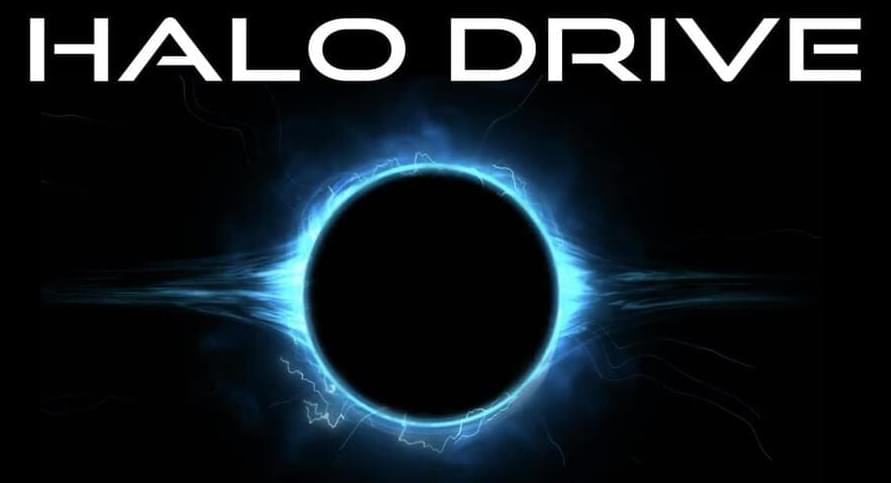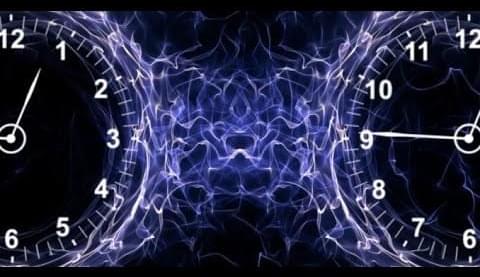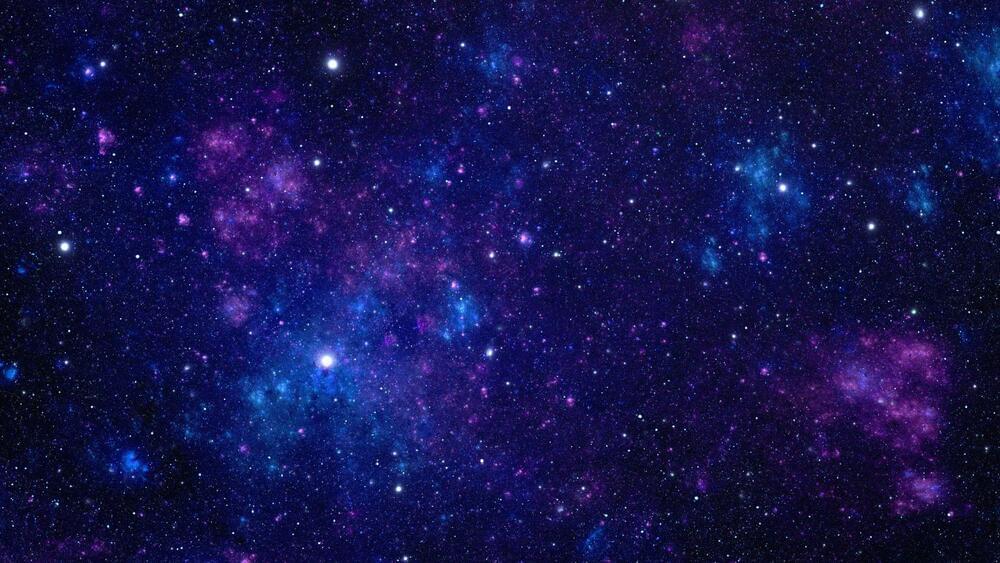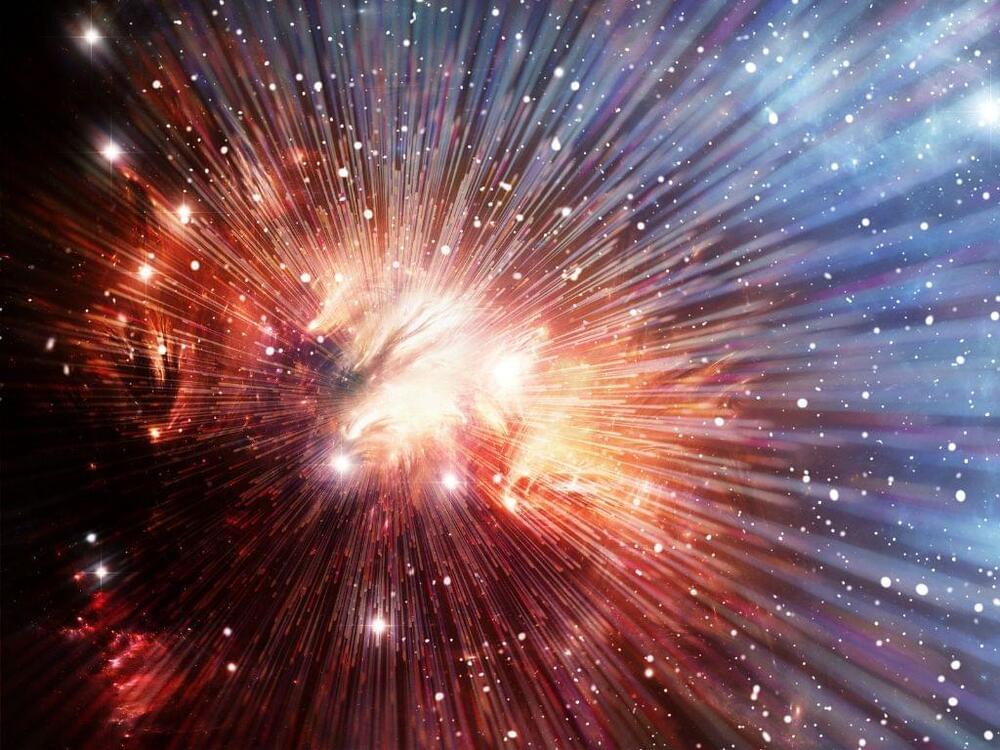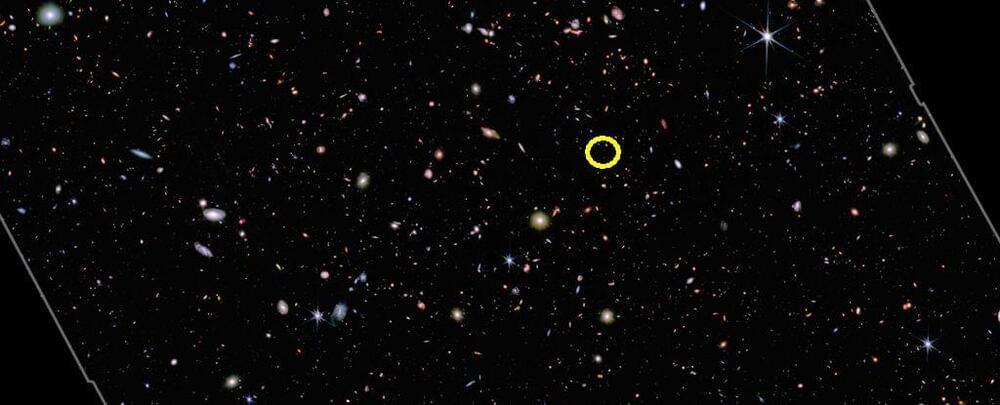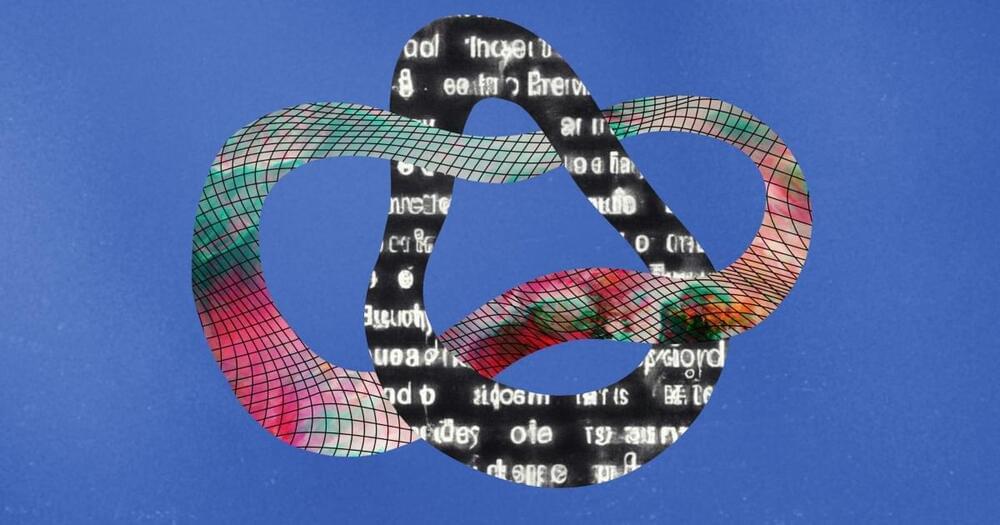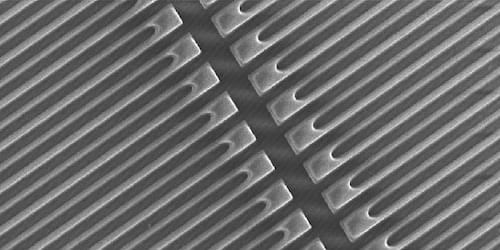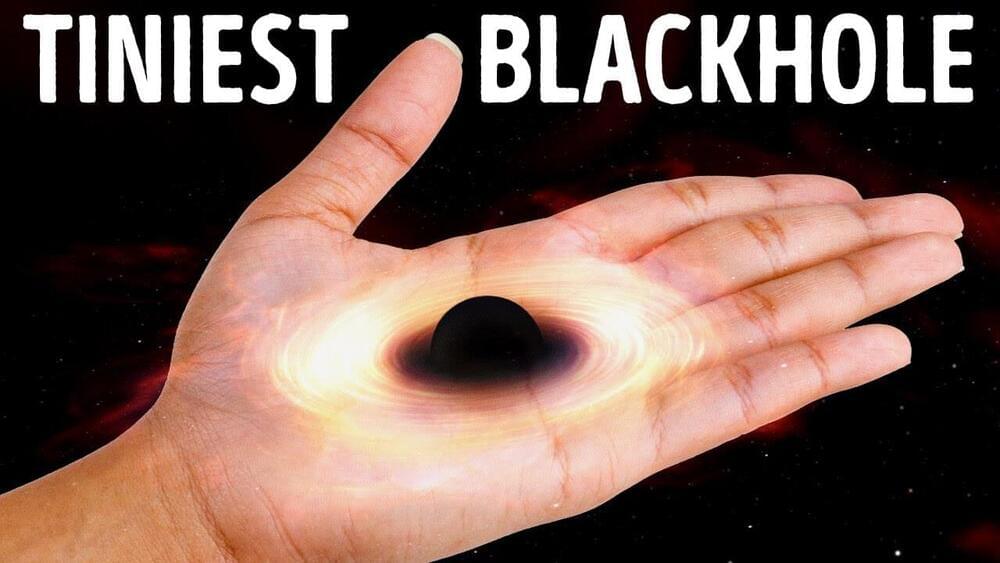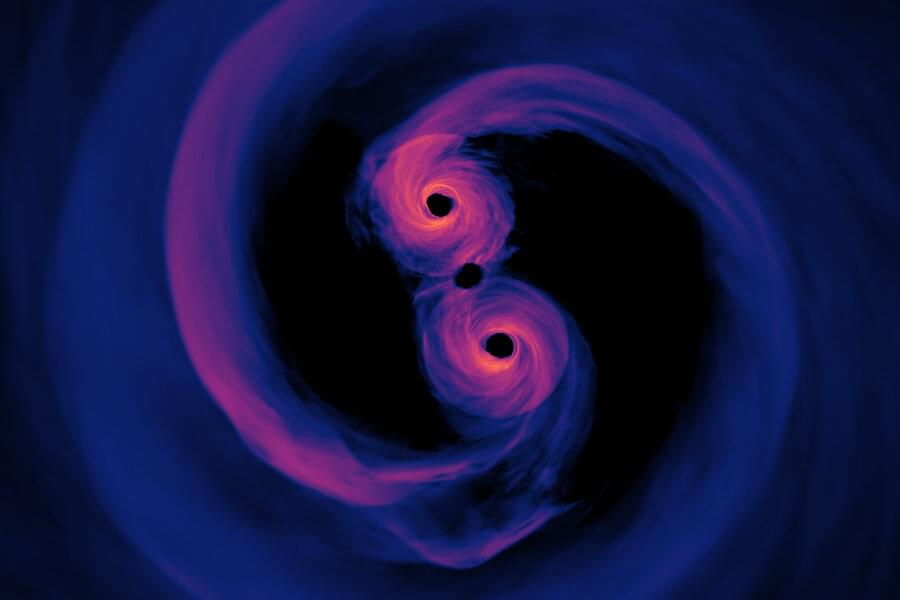Dec 13, 2022
The Halo Drive
Posted by Dan Breeden in categories: cosmology, media & arts, nuclear energy, physics, space travel
How could we one day travel between the stars with real physics? Perhaps the greatest challenge to interstellar flight is energetics — it takes vast amounts of energy to accelerate even small ships to 20% the speed of light. But what if we could steal that energy from where? Perhaps even a black hole. Enter the “halo drive”, a video by Prof David Kipping based on his new peer-reviewed research paper on the subject.
This video is based on research conducted at the Cool Worlds Lab at Columbia University, New York. You can now support our research program directly here: https://www.coolworldslab.com/support.
